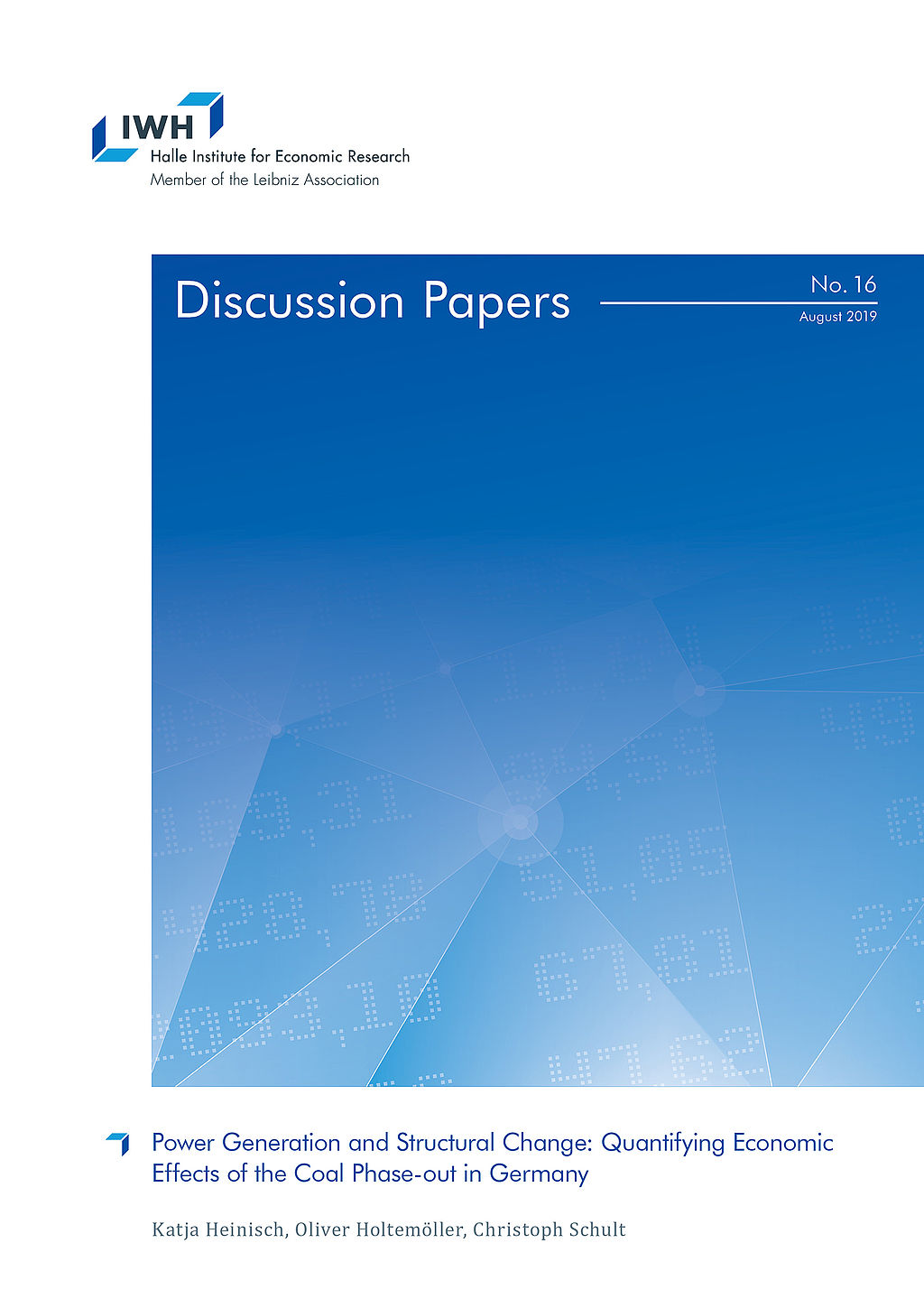
Power Generation and Structural Change: Quantifying Economic Effects of the Coal Phase-out in Germany
In the fight against global warming, the reduction of greenhouse gas emissions is a major objective. In particular, a decrease in electricity generation by coal could contribute to reducing CO2 emissions. We study potential economic consequences of a coal phase-out in Germany, using a multi-region dynamic general equilibrium model. Four regional phase-out scenarios before the end of 2040 are simulated. We find that the worst case phase-out scenario would lead to an increase in the aggregate unemployment rate by about 0.13 [0.09 minimum; 0.18 maximum] percentage points from 2020 to 2040. The effect on regional unemployment rates varies between 0.18 [0.13; 0.22] and 1.07 [1.00; 1.13] percentage points in the lignite regions. A faster coal phase-out can lead to a faster recovery. The coal phase-out leads to migration from German lignite regions to German non-lignite regions and reduces the labour force in the lignite regions by 10,100 [6,300; 12,300] people by 2040. A coal phase-out until 2035 is not worse in terms of welfare, consumption and employment compared to a coal-exit until 2040





